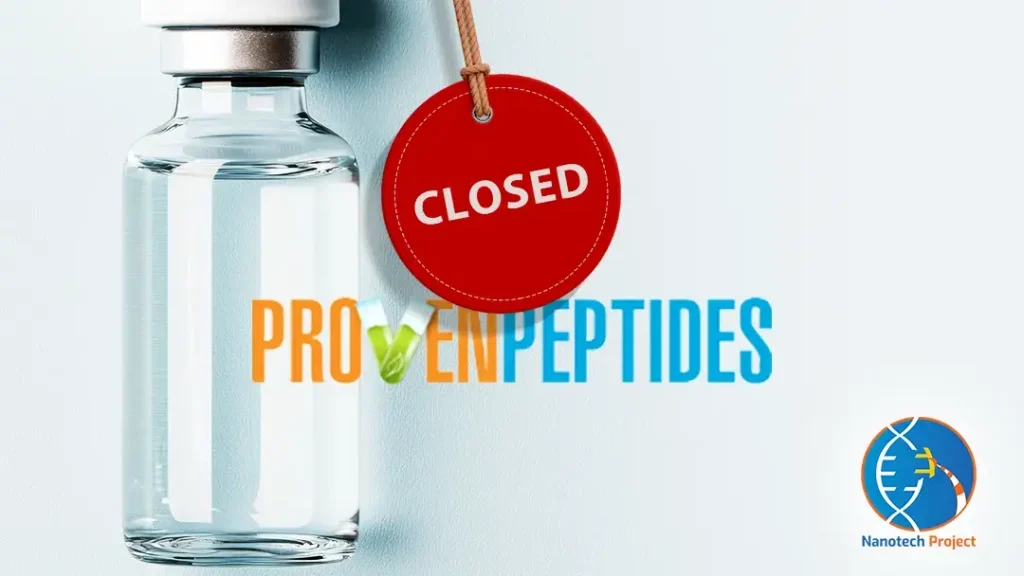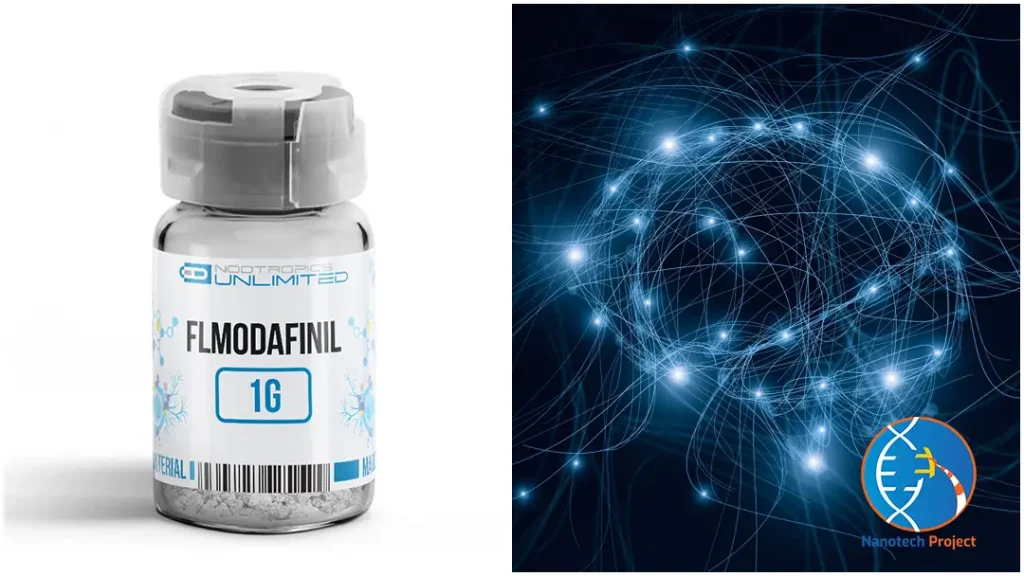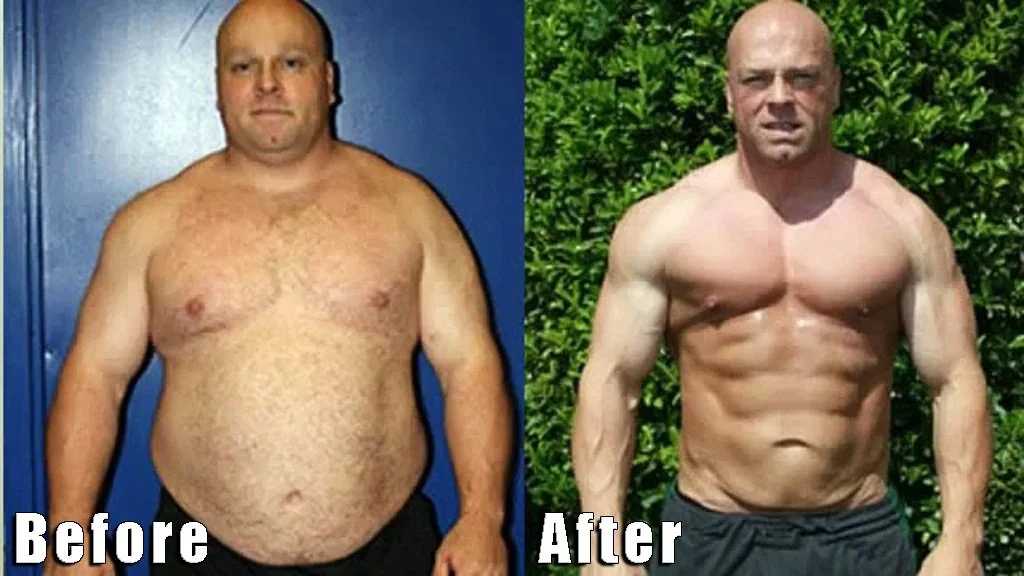So you’ve finally achieved your desired body contour. Thanks to those special compounds, you were able to trim your body. But is this the end of your bodybuilding journey? What if a sudden halt in your SARM intake could lead to unwanted results? During the cycle your testosterone levels are suppressed, right? Can you bring them back to normal levels?
The answer to all of those questions is a resounding yes. That’s where Post-Cycle Therapy (PCT) comes in. And if you are new to those things, this post was prepared with you in mind. Here we’ll discuss what PCT is all about and how you should go about it.
What is a Post Cycle Therapy?
A post cycle therapy (PCT) is an essential protocol for bodybuilders and fitness enthusiasts. PCT occurs after undergoing a cycle of performance-enhancing chemicals. They may include the following:
- Anabolic Androgenic Steroids (AAS)
- Selective Androgen Receptor Modulators (SARMs)
- Prohormones
The primary goal of PCT is to restore the body’s natural hormonal balance. An effective PCT balances testosterone levels that have been disrupted following a cycle of performance-enhancing chemicals. Steroid users and SARM consumers typically undergo post-cycle therapy.
During a cycle of anabolic steroids, testosterone production is artificially elevated. The external supply of testosterone sends signals to the hypothalamus and pituitary gland.
These reduce or even stop the production of certain hormones. Examples are the luteinizing hormone (LH) and follicle-stimulating hormone (FSH). Such hormones are essential for stimulating the body’s natural testosterone production.
Now, when androgenic steroid cessation occurs there will be a significant drop in endogenous testosterone production. The outcome could be a series of hormonal imbalances. This situation may lead to some potential side effects: testicular atrophy, loss of muscle mass (gains), fatigue, depression, and reduced libido.
The Importance of A Post-Cycle Therapy Regimen
Here is a short list of the benefits of a PCT:
Restoration of Natural Hormone Levels
Following a SARM or steroid cycle, natural testosterone levels become disarrayed. Post cycle therapy is essential for normalizing these levels. Eventually, natural hormone production is crucial for overall health and proper bodily function.
Avoidance of Health Drawbacks
Without PCT, many bodybuilders experience prolonged low testosterone levels. If left unaddressed, it will lead to ongoing issues. These could include fatigue, weight gain, and diminished muscle mass.
Maintenance of Gains
Certain individuals take chorionic gonadotropin, growth hormone, SARMs, peptides, and prohormones. Their goal is to experience muscle gains or be bulky. With the help of a post cycle support, you may preserve these gains. The reason behind this is that it prevents a drastic drop in testosterone levels.
Psychological Well-Being
Hormonal imbalances may lead to issues concerning mental health. Undergoing post cycle therapy helps in stabilizing mood. It may also improve your overall psychological well-being.
When Should You Start Your Post Cycle Therapy?
For anabolic androgenic steroids
When to Start: One week after your last day of the steroid cycle.
Rationale: These types of performance-enhancement drugs have longer half-lives. Simply put, the steroids remain in your system for an extended period. Waiting for at least one week before starting your post cycle therapy has two valid reasons:
- To ensure that these compounds are sufficiently cleared from your body
- To avoid potential interference with PCT medications
For SARMs
When to Start: One day following your last dosage of SARMs.
Rationale: SARMs such as Ostarine and Ligandrol have relatively short lives. Now these research compounds suppress testosterone production. When you begin your post-cycle therapy a day after your final dose, you are addressing that issue effectively. Also, this approach supports efficient hormone recovery.
For Prohormones
When to Start: One day after the last prohormone dosage
Rationale: Like SARMs prohormones have shorter half-lives. They clear your system quickly. Therefore, conducting PCT just one day after your final prohormone dose is typically effective.
Post Cycle Therapy Protocols
Post-cycle therapy is indeed important once you’ve done a specific bodybuilding cycle. Below are some widely used PCT protocols that you can freely choose from:
Clomid PCT
Overview: Also known as Clomiphene, Clomid is a renowned Selective Estrogen Receptor Modulator (SERM). It is a potent chemical for conducting PCT.
How does it work?
Clomid binds to estrogen receptors in the hypothalamus. It blocks estrogen’s negative feedback on the pituitary gland. This action leads to the release of LH and FSH. The testes are prompted to resume natural testosterone production.
Nolvadex PCT
Overview: This is another SERM for PCT. It is designed to restore natural testosterone levels.
How does it work?
Similar to Clomid, this chemical interacts with estrogen receptors. The latter are located in the hypothalamus and pituitary gland. This effectively blocks the suppressive effect of estrogen. Afterward, the body will release LH and FSH. Eventually, the testes increase their testosterone production.
Post Cycle Therapy Supplements
Overview: These are over-the-counter supplements, meaning they are more accessible for many. These supplements often include certain ingredients that boost testosterone production. Some ingredients include aromatase inhibitors, Zinc, and Vitamin D.
How does it work?
PCT supplements aid in managing estrogen levels. This quality is important for preventing estrogen-related side effects. Ultimately, these supplements support natural testosterone production.
How Long Should a Post Cycle Therapy Last?
The typical time frame for a post cycle therapy to last is between four to six weeks. However, the duration may still vary according to several factors. To help you better grasp the time it takes for a PCT, check out the info below:
Shorter Cycles or Milder Compounds: If you used a short cycle or milder performance-enhancing drugs, your PCT may last around four weeks. These cycles generally result in less hormonal suppression. Thus, a shorter recovery period might do the trick.
Longer Cycles or Potent Compounds: Now if you’ve opted for longer cycles or those involving more potent compounds, PCT may need to extend up to six weeks. These cycles often cause more significant hormonal imbalances. This explains the more extended period for full recovery.
Now, here are the factors that affect PCT duration:
- Type of PEDs used: More suppressive compounds often require longer PCT to restore hormonal balance.
- Dosages: Higher dosages of PEDs can cause greater hormonal suppression. This necessitates a longer PCT to ensure recovery.
- Cycle Duration: Longer PED cycles more pronounced hormonal imbalances. Therefore, you should extend your PCT to effectively normalize your hormones.
What to Do While Doing PCT
Aside from involving PCT medications, there are some steps that you should also add. These may help ensure effective recovery:
Prioritize Your Nutrition: A well-balanced diet is fundamental during PCT. Proper nutrition helps preserve muscle mass, boost energy levels, and maintain metabolic function. You may include ample protein in your diet to sustain muscle mass. Eating a variety of nutrient-rich foods helps, too. These may include healthy fats and carbohydrates.
Consult with your doctor or a nutrition specialist. You aim to obtain a tailored dietary plan that aligns with your recovery goals.
Emphasize Rest and Recovery: Rest is crucial for hormonal regulation and recovery. Quality sleep facilitates the production of testosterone. It also has a good effect on other essential hormones. We recommend you strive for 7 to 9 hours of uninterrupted sleep. Create a restful sleeping environment to promote a night of restful sleep. Suppose sleep disorders arise, then consult a healthcare provider.
Maintain A Consistent Exercise Routine: Regular physical during PCT helps retain muscle gains. It also promotes testosterone production. You may stick to a regular workout schedule to preserve your progress. Adjusting the intensity and volume of your exercise helps, as well.
Keep a Journal List: Maintaining a journal during PCT can be extremely beneficial. It is helpful in the following manner:
- Diet tracking – Document your daily food intake. In this step, you are ensuring you meet your nutritional needs.
- Exercise log – Record your workouts and any adjustments made during PCT.
- Stress levels – Note your stress levels. Stating your strategies to deal with them works too.
- Sleep record – Keep track of your sleep patterns.
Manage and Reduce Stress: High stress can increase cortisol levels. This may hinder testosterone production. Thus, your PCT might not work at all. To combat this, engage in activities that reduce stress, such as meditation or hobbies. Also, be aware of stress sources and take proactive steps to manage them.








